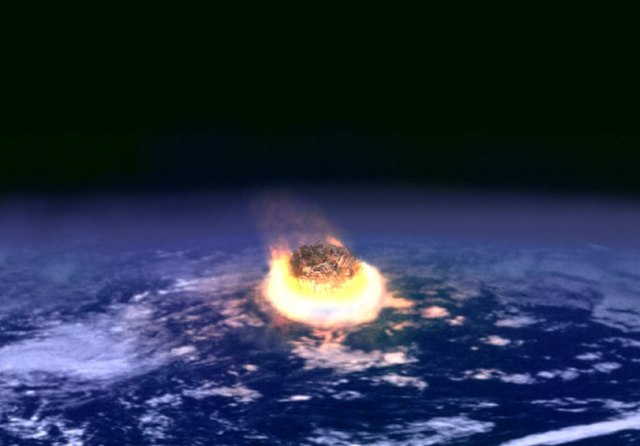The Doomsday Clock is a symbol that represents the likelihood of a human-made global catastrophe, in the opinion of the members of the Bulletin of the Atomic Scientists. Maintained since 1947, the clock is a metaphor, not a prediction, for threats to humanity from unchecked scientific and technological advances. That is, the time on the clock is not to be interpreted as actual time. A hypothetical global catastrophe is represented by midnight on the clock, with the Bulletin's opinion on how close the world is to one represented by a certain number of minutes or seconds to midnight, which is then assessed in January of each year. The main factors influencing the clock are nuclear warfare, climate change, and artificial intelligence. The Bulletin's Science and Security Board monitors new developments in the life sciences and technology that could inflict irrevocable harm to humanity.

Cover of the 1947 Bulletin of the Atomic Scientists issue, featuring the Doomsday Clock at "seven minutes to midnight"
A global catastrophic risk or a doomsday scenario is a hypothetical event that could damage human well-being on a global scale, even endangering or destroying modern civilization. An event that could cause human extinction or permanently and drastically curtail humanity's existence or potential is known as an "existential risk."
Artist's impression of a major asteroid impact. An asteroid caused the extinction of the non-avian dinosaurs.


